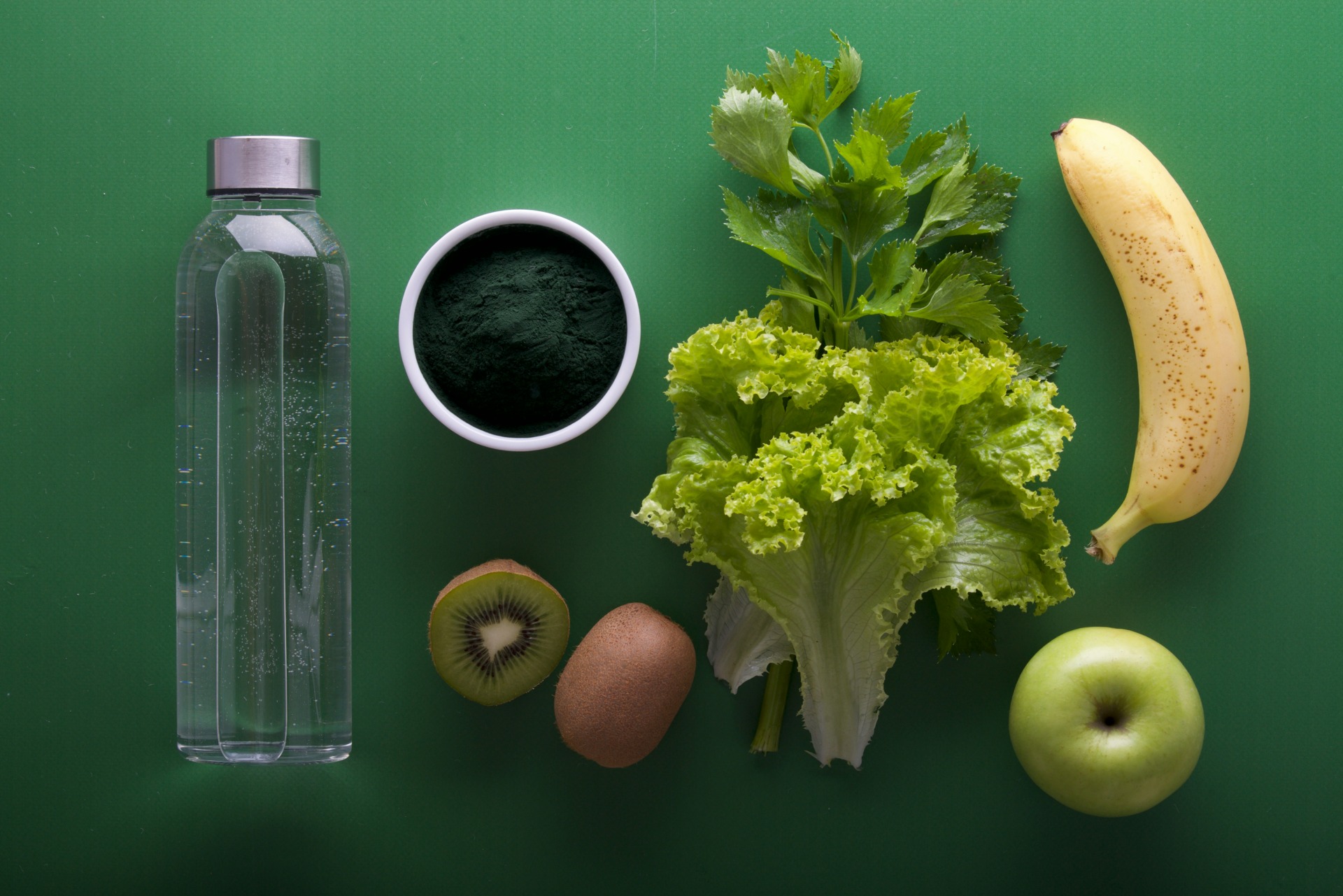Anyone who suffers from chronic pain can understand the frustration of managing continuous discomfort. With nearly 20 million Americans afflicted by the condition, it’s quickly becoming an emerging public health issue.
Many people can relate to the struggle of trying to find balance, especially when it comes to managing the tension between day to day life and the reality of being out of commission. Chronic pain can make daily tasks difficult, participating in the fun activities you used to enjoy and disrupt the entire way you live life. And taking opioids makes the pain worse when used over a long time; it makes sense why it feels so hard to keep things under control.
What Causes Chronic Pain?
Many different factors cause chronic pain. These may include advanced age, disease, nerve damage, traumatic injury, excess strain on the back, or knees due to weight or improper posture.
Opioids are most often prescribed to help treat chronic pain but often end up causing more harm. Some believe that opioids help build the body’s resilience to pain; however it does the exact opposite.
Studies have shown that extended use of pain medication can lead to opioid-induced hyperalgesia, a condition marked by an increased sensitivity to external stimuli. It can also lead to a spread of pain to non-injured parts of your body beyond the original area and increase the amount of pain you feel over time.
Luckily, several alternative treatments and therapies may aid in regulating the symptoms associated with chronic pain. Simple lifestyle choices easily incorporated into your routine may make living with chronic pain more manageable. Keep reading for a few suggestions that may make a big difference.
1. CBD
CBD is a well-known therapeutic cannabinoid from cannabis which has an analgesic effect. Research shows CBD reduces sensations like burning, prickling, tingling, and burning related to neuropathic pain, often related to inflammation. Pain that’s difficult to treat may respond well to CBD. The bonus for many chronic pain patients is that CBD is nonintoxicating. Popular methods of consumption include topical creams, tinctures and gel caps.
2. THC
Although CBD is a powerful pain reliever, THC within marijuana also plays a role in reducing discomfort as well. THC also has anti-inflammatory properties that may be particularly useful for pain resulting from tissue damage. It’s suggested that a balanced consumption of both CBD and THC increase pain-relieving efficacy. Popular ways of consuming THC are by smoking strains of flower high in THC, vaping cannabis oils, and ingesting edibles. It’s often recommended to eat edibles as pain relief may last anywhere from 6-8 hours.
3. Natural Supplements
Some studies have shown that things like turmeric, ginger and white willow bark may help reduce pain. Turmeric is a spice with medicinal properties and is an excellent anti-inflammatory. Similarly, ginger may also help reduce pain. Interestingly, these spices have been shown to work particularly well together. The medical center at Penn State indicates that white willow bark may be nature’s natural aspirin. This bark has been shown to be effective in combatting headaches, arthritis, tendonitis, and bursitis.
4. Acupuncture
Acupuncture is the ancient healing art of inserting extremely fine needles into the skin at specific points. Acupuncture is believed to release endorphins, the body’s natural pain-killing hormones providing an analgesic effect. Although it is sometimes considered a controversial treatment option, studies continue to show that acupuncture’s effects are measurable and cannot be explained only by placebo effects.
5. Meditation
Although meditation is often associated with stress management, using deep breathing to calm your mind can also soothe a body that is in pain. Studies have shown that mindfulness meditation can actually bypass the opioid receptors reducing pain intensity. This ability to relieve pain independently of opioid neurotransmitter mechanisms makes this method an often overlooked secret weapon in combatting pain.
6. Regular Movement and Exercise
Physical movement and regular exercise plays a significant role in pain reduction. Adding movement into your daily routine helps to lubricate your joints, increase your body’s natural fluids, improve mobility, and positively impacts your overall quality life. It’s up to you to decide what makes the most sense for your body whether that’s a gentle stretch or a vigorous walk.
7. Hot or Cold Treatment
Depending on the type of pain experienced, using a hot or cold compress could alleviate different muscle discomfort types. Cold treatments reduce blood flow and are useful for decreasing inflammation, while hot treatments relax muscles promoting blood flow.
8. Eating a Healthy Diet
Chronic pain is often linked to systemic inflammation throughout the body. This can be alleviated by eating a healthy diet full of unprocessed food, fruits, vegetables and some proteins. According to Dr. Fred Tabung, of Harvard’s T.H. Chan School of Public Health, “Your diet can help support your immune system by having it turn on and turn off at the appropriate times,” he says. “Yet a poor diet can alter your immune system, so it acts abnormally, and can contribute to persistent low-grade inflammation.”
Dr. Tabung suggests that you aim for variety in foods and avoid eating the same favorites day after day. His recommendations include:
Half your plate should be filled with whole grains such as brown rice, along with proteins, such as fish, poultry, beans, or nuts.
The other half should mostly be leafy green vegetables along with some fruit.
Consume healthy oils such as olive and canola oils instead of butter
Chronic pain is a physical, emotional, and psychological ordeal that can be managed when employing various methods. Each person is unique when it comes to what may work. For some, incorporating CBD or THC into a medical regimen is enough. For others, it’s yoga followed by mediation, or supplements to support a new acupuncture routine. Managing chronic pain is a personal journey but often, there is hope for living a pain-free life.
Photo by Vitalii Pavlyshynets on Unsplash






